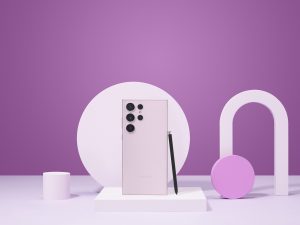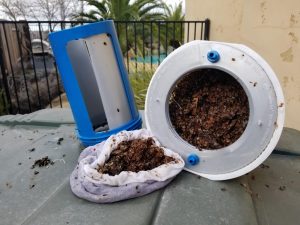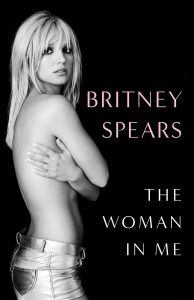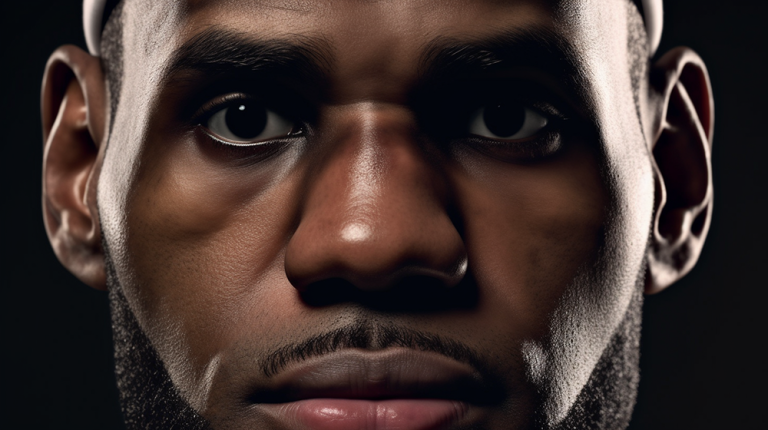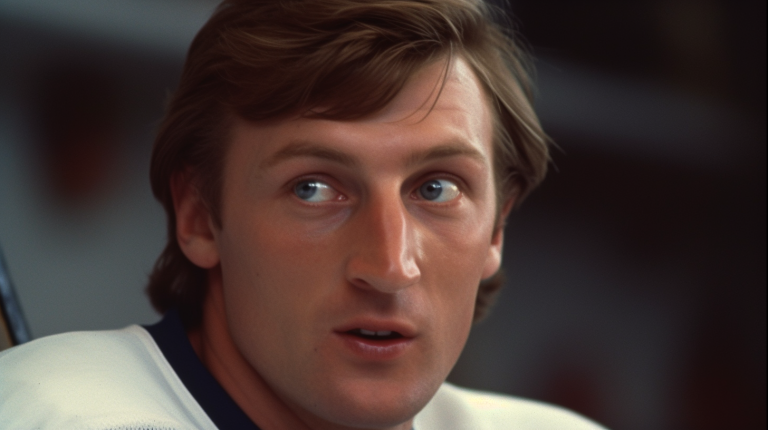With the recent release of the incredible Hyrule Historia, Nintendo has finally presented an (almost) cohesive narrative that ties together all games in the Legend of Zelda series.
First of all, you’re not fooling anybody Nintendo.
Zelda games have never had narrative at their core, focusing instead on items, enemies, environments and characters first, pretty much in that order. Instead, the narrative has taken the form of a handful of interconnected mythical elements that have repeated again and again in each game. This of course made it very easy to shoehorn the lot of them into a singular narrative as the games got more popular and as technology drove the need for grander storytelling – especially since that story mostly hinges on the same event happening again and again throughout time.
When the idea was formed for a sword that split the hero into four heroes I would doubt much consideration went into how the artefact would effect Zelda lore. However Nintendo’s tact has changed a bit of late and when crafting the story of Skyward Sword – in which a justification for the repeating legend is literally spelled out as the finale – a focus on a rich story across games is clearly apparent. The brilliant story presented as part of Hyrule Historia is the latest proof of that focus, and the narrative inserts and redirects story elements into the oldest of games, and even into the ridiculous Four Swords.
Nintendo’s new-found desire to present a grand interconnected narrative, as well as their desire to foster a greater connection between gamers and the Zelda universe, is interesting insomuch as it gives us insight into the company’s current attitude towards the game and importantly, into where the series may be set to go on Wii U.
There’s plenty within Hyrule Historia that’s interesting and noteworthy, but after reading the History of Hyrule section of the book very very closely, I’m keen to share some details that stood out to me as those which might contain traces of future legends.
FULL STORY SPOILERS BELOW
Be warned that the rest of this article is filled with Ocarina of Time spoilers, and each section contains spoilers for the respective games listed in the headings too. So if you haven’t played them yet, read with caution.
1. Parts of The Legend of Zelda and Zelda II: Adventure of Link happen concurrently.
If you’ve seen the timeline in the book you know that the first two games that were released actually make up the conclusion of one of the three Legend of Zelda timelines. Assuming the Hero fails to defeat Ganon during Ocarina of Time, the world is split between light and dark in A Link to the Past and ends with The Legend of Zelda and Zelda II: Adventure of Link.
What you may have missed is that the timeline between these two games is muddled up. The backstory of Zelda II – a young prince is jealous that his sister Zelda has been chosen to receive the power of the triforce and sends her into a magical sleep for all time – actually takes place long before The Legend of Zelda. Then come the events of that game, in which a young man rescues a different Zelda and proves himself worthy. In Zelda II, the same hero is on a quest to reawaken the sleeping princess, who by now has been under her spell for an age. Of course he eventually completes this quest, meaning the triforce is safe from evil and two Zeldas plus Link are free to wield it in order to usher in an age of prosperity.
So why go for such a convoluted story linking the two games? One thing worth noticing about the official chronology is that all three timelines end in very interesting situations. In this particular timeline, a still-young hero and an ancient but beautiful princess have restored the power of gods to Hyrule after a millennia of struggle. It’s rare in the Zelda universe that the player takes control during a period where the main characters already know about the triforce and their destinies, but if Nintendo ever wanted that to happen this would be the perfect timeline to slot such a game in to.
2. The shade in Twilight Princess is actually Link from Ocarina of Time and Majora’s Mask
Twilight Princess is in a different timeline entirely, the one in which the Hero succeeds in Ocarina of Time and goes back to his childhood to warn Zelda and prevent any of it from happening in the first place. He then goes through the trials contained in Majora’s Mask, again wiping the trail of time clean behind him.
 Twilight Princess takes place a long time afterwards. Ganondorf has been executed but is about to return, and so a new descendant of the Hero of Time is also born, in the form of the game’s playable character. He is helped along by the shade of an ancient warrior, who it is hinted is a previous descendant of the bloodline but who Hyrule Historia confirms to actually be the original Hero you play as in Ocarina.
Twilight Princess takes place a long time afterwards. Ganondorf has been executed but is about to return, and so a new descendant of the Hero of Time is also born, in the form of the game’s playable character. He is helped along by the shade of an ancient warrior, who it is hinted is a previous descendant of the bloodline but who Hyrule Historia confirms to actually be the original Hero you play as in Ocarina.
The book explains that the original Hero is peeved because his time-travel resulted in nobody remembering him as the great champion he actually was. He pulls the most recent descendant to a spectral realm to teach him the secrets of swordplay specifically so he can live on vicariously as a true and respected hero.
It’s no coincidence that the games current players have had the most exposure to – Ocarina of Time, Twilight Princess and The Wind Waker – are at the centre of events detailed in Hyrule Historia. All the other games fan out either forward or backwards in time from the central events of Ocarina, the Hero of which has more or less been cast as the central hero of the entire saga. Will he make yet another appearance in the Wii U game?
3. Four Sword likely to feature in a future game
 The Four Sword is the most obvious case of an aspect of Zelda lore making for a much better gameplay mechanic than a story device. This didn’t stop Nintendo featuring the sword heavily in the chronology though, as the original GBA Four Swords serves as a very important lead-in to Ocarina of Time, and GameCube’s Four Swords Adventures caps off the events of Twilight Princess to bring one timeline full-circle.
The Four Sword is the most obvious case of an aspect of Zelda lore making for a much better gameplay mechanic than a story device. This didn’t stop Nintendo featuring the sword heavily in the chronology though, as the original GBA Four Swords serves as a very important lead-in to Ocarina of Time, and GameCube’s Four Swords Adventures caps off the events of Twilight Princess to bring one timeline full-circle.
Of the three timelines, the one ending in Four Swords Adventures is the most open to further storytelling. Vaati’s dead although Ganon is more or less still around and desperate for power. The tragedy of the game is that very few people played it owing to the need for four GBA systems, a GameCube and link cables to play the game as intended. Could the Wii U console, with a separate secondary screen and the possibility for 3DS connectivity, solve the problem by ensuring everybody could at least play two players?
The idea of a main console Zelda game featuring the Four Sword seems unlikely, but a tease in Hyrule Historia seems to indicate the mechanic will be back in a future game in some capacity.
4. Wind Waker is very closely tied to Ocarina of Time.
In the third timeline, where Ganon is sealed away after Ocarina of Time rather than executed, the demon king returns during a time with no hero, and the desperate king of Hyrule decides to flood the place. While it doesn’t seem so at the beginning of the game, The Wind Waker is a direct follow-up to the events after Ocarina, as is revealed part way through the game when Link comes upon the Sacred Realm, The Temple of Time and the submerged Hyrule Castle.
 What’s interesting about the depiction of these events in Hyrule Historia is the link between games is emphasised. For example it is explained that the bird-like Ruto people and plant-like Korok’s in Wind Waker are direct evolutions of the Zora and Kokiri, their physical attributes being radically altered once the world was filled with water. Furthermore, Valoo the dragon and Jabun the fish are descendants of Volvagia and Jabu-Jabu.
What’s interesting about the depiction of these events in Hyrule Historia is the link between games is emphasised. For example it is explained that the bird-like Ruto people and plant-like Korok’s in Wind Waker are direct evolutions of the Zora and Kokiri, their physical attributes being radically altered once the world was filled with water. Furthermore, Valoo the dragon and Jabun the fish are descendants of Volvagia and Jabu-Jabu.
It’s clear that when developing Wind Waker EAD was simply retelling the Zelda story one more time, but with water and an allusion to a long-ago Hyrule. However its framing as a definite and direct continuation in Hyrule Historia has interesting implications for a future Wii U Zelda and for the upcoming Wind Waker HD re-release. Now that almost all Nintendo fans have played Ocarina of Time on N64 or 3DS, will the tie-ins be further accentuated in the Wind Waker HD ? Could the game even be retconned with more Ocarina stuff to better fit the official chronology and connect the universe further?
5. Wind Waker is a fairly definitive end to Ganon and the Triforce.
Finishing up with a little bit more Wind Waker talk, it’s interesting to notice that the game delivers the conclusive ending that was missing from Ocarina of Time. During the final battle, as recounted in Hyrule Historia, Hyrule’s king grabs the Triforce and is deemed worthy. He wishes the kingdom away in its entirety so that future generations can be free of the cycle that was set in motion during Skyward Sword, the very first game chronologically.
Directly after his wish is granted, Link stabs Ganondorf right through the head and turns him to stone. With Ganondorf gone and no hope for a future reincarnation of the same evil, the book declares: “The curtain thus fell on the cyclical history of the sacred realm of Hyrule and the struggle for the Triforce”. The only games that take place after this in the same timeline are the two adventures that apeared on DS – Phantom Hourglass and Spirit Tracks – although the games involved no direct reincarnations, Triforce or Ganon.
Given all this, it seems the limits of the Link-Zelda-Ganon saga, at least in this one timeline, must fall between Skyward Sword and The Windwaker. It would be a tempting prospect for Nintendo, given these will presumably be the latest two console games out when the brand new Wii U Zelda is released. Perhaps the game could take place after Hyrule is flooded but before Wind Waker. Perhaps a hero really did exist at the time before the flood, lost to history for some reason. Of course there’s every possibility that such a hero could prevent the flood and stop the events of Wind Waker (including Ganon’s defeat) from ever happening, opening the door for countless further cycles of adventure!
Hyrule Historia is a book about past Zelda games, not future ones, and the contents are still incredible to pore over even if they say nothing about where the series is heading. Since speculation is so enjoyable though:
Is there anything you saw in the book that made you immediately think of something cool that should be in a future game? How do you hope to see the history of Hyrule integrated into the brand new Wii U Zelda game currently in development? Get forecasting in the comments below.



